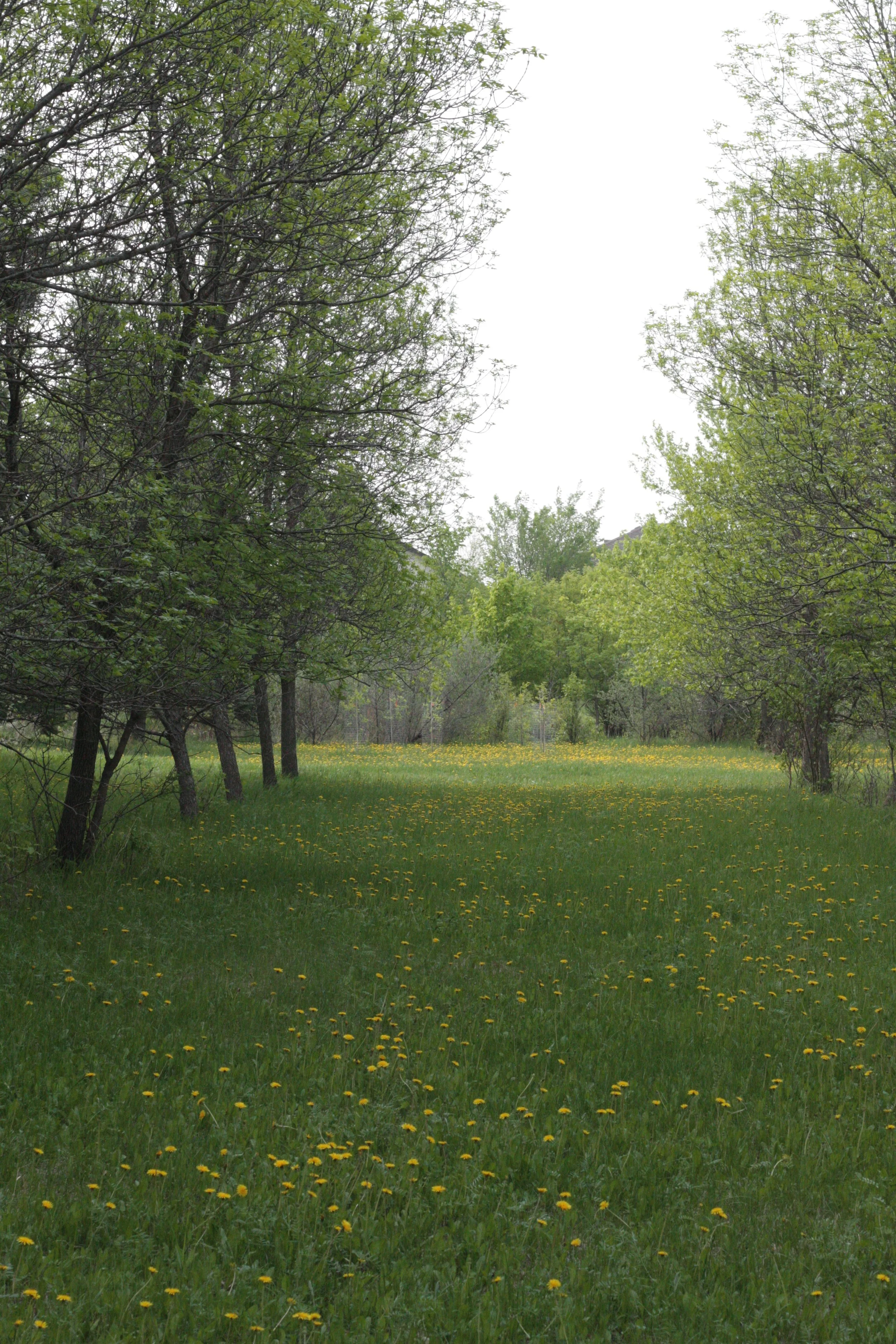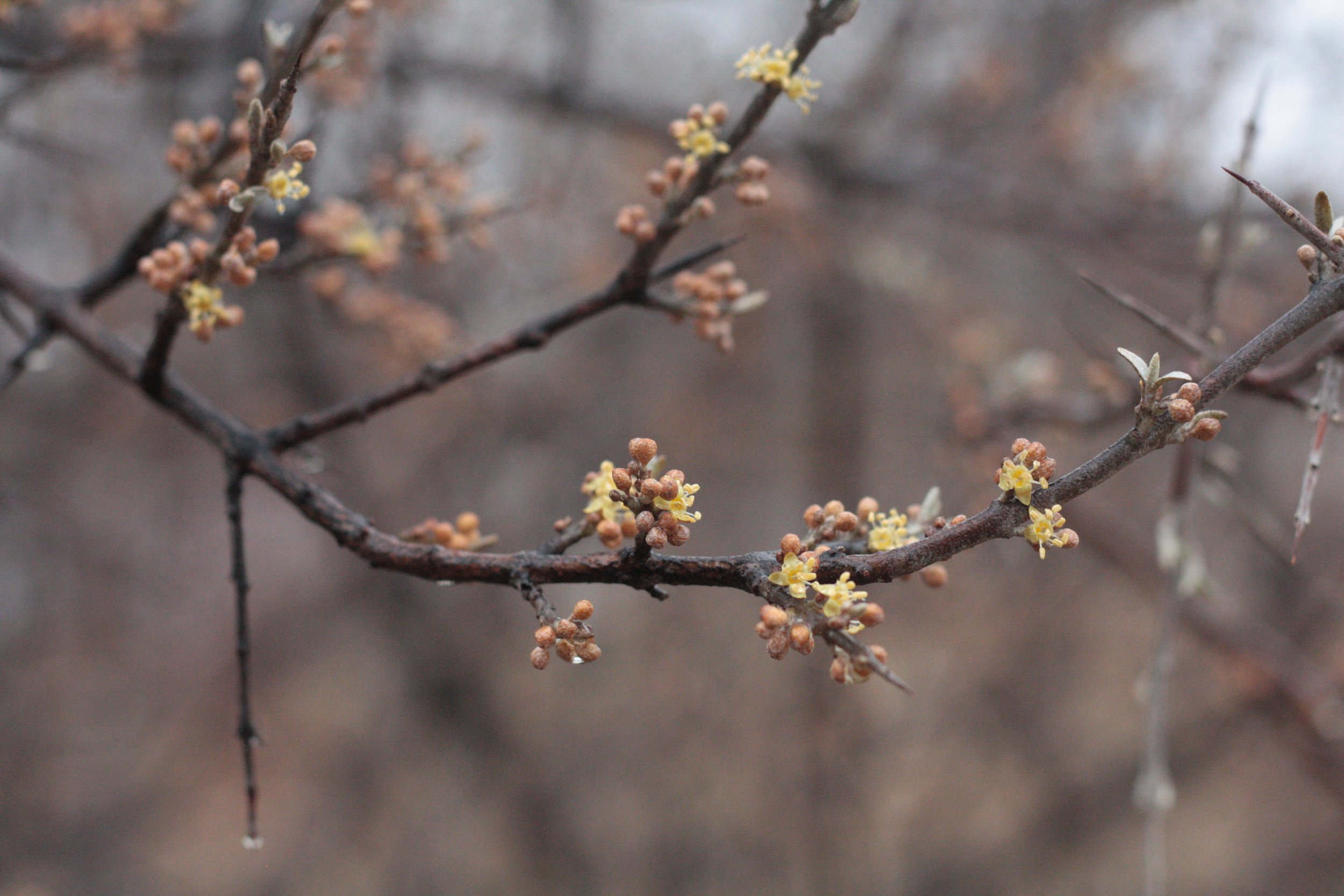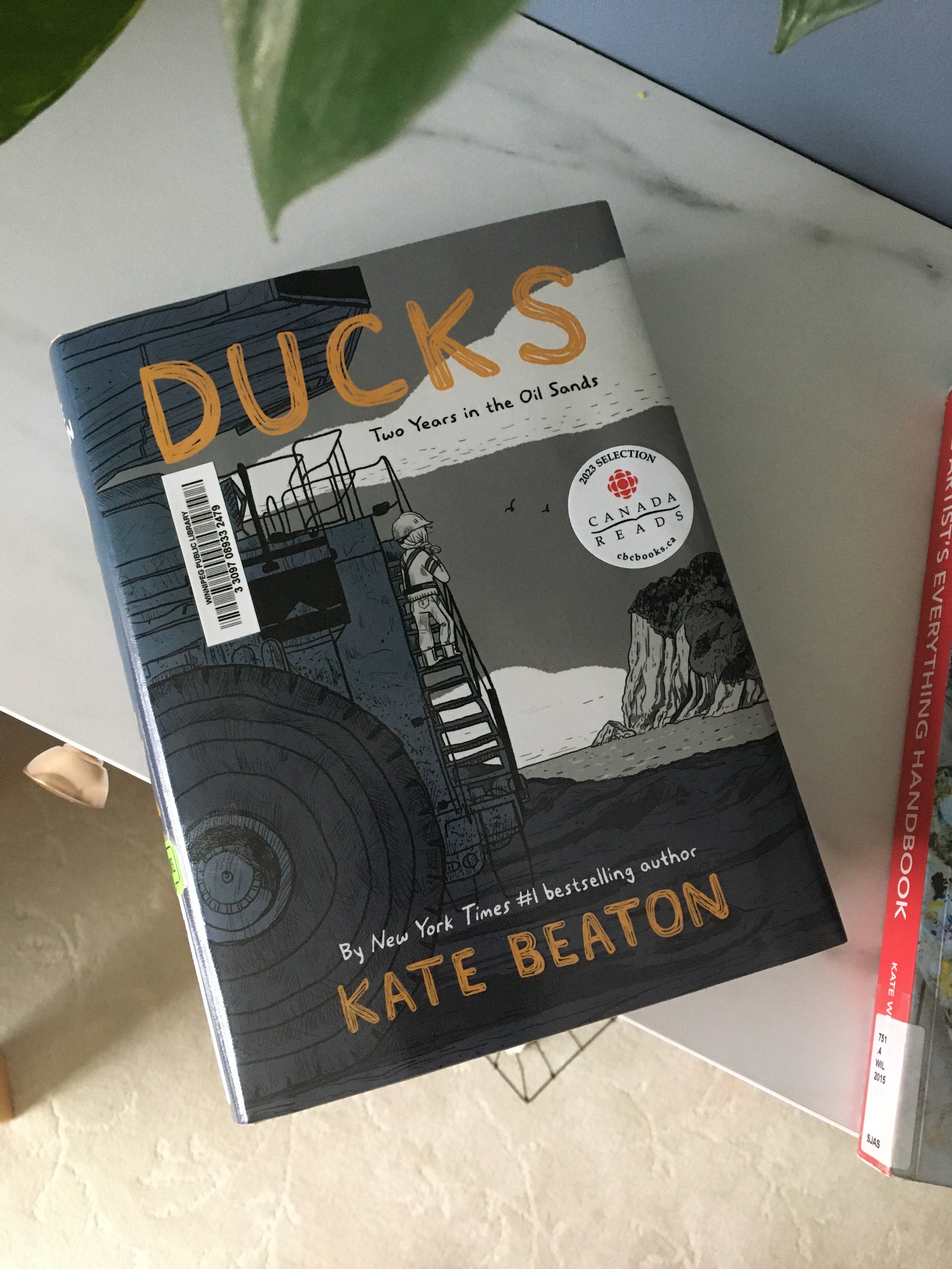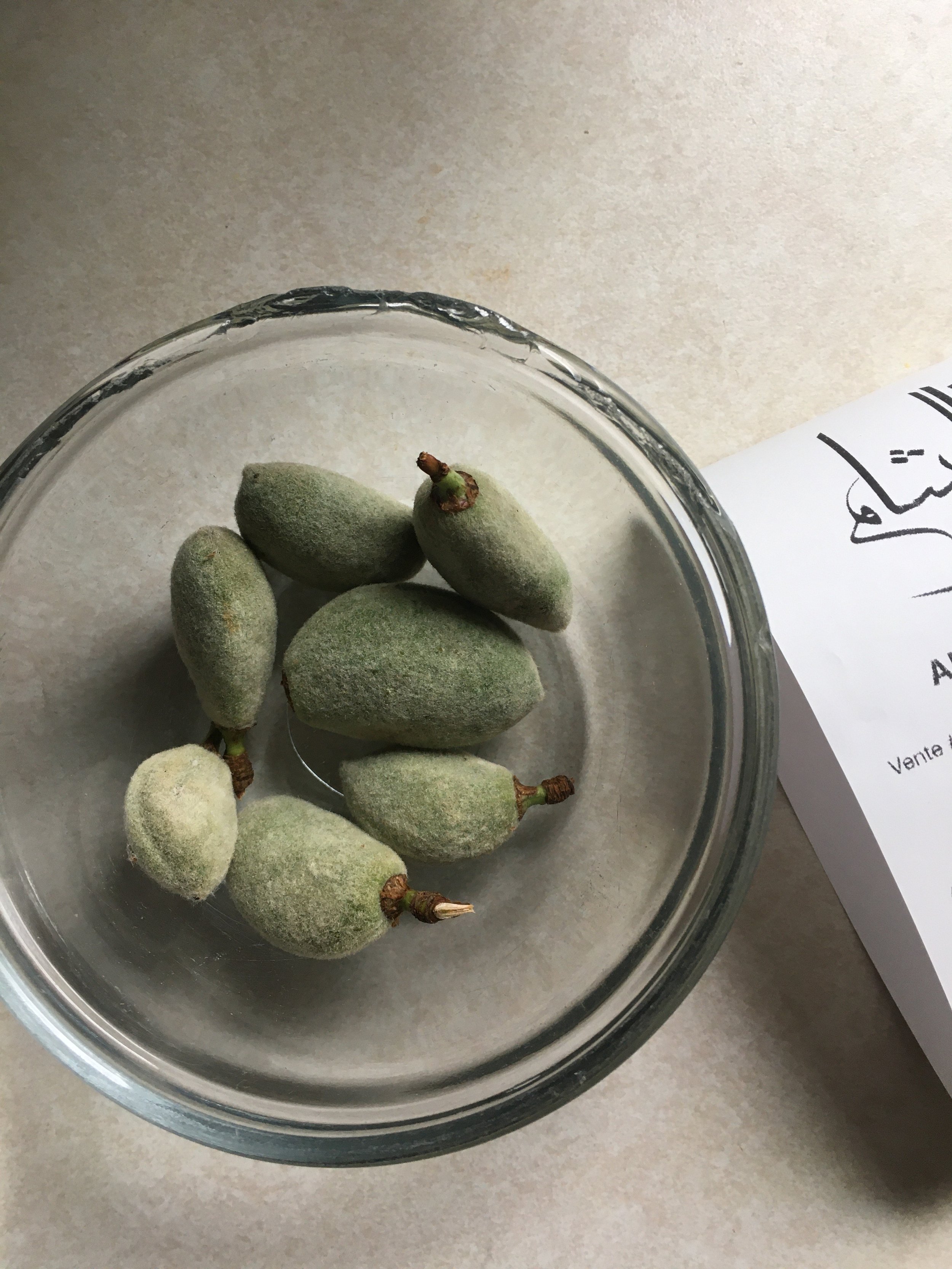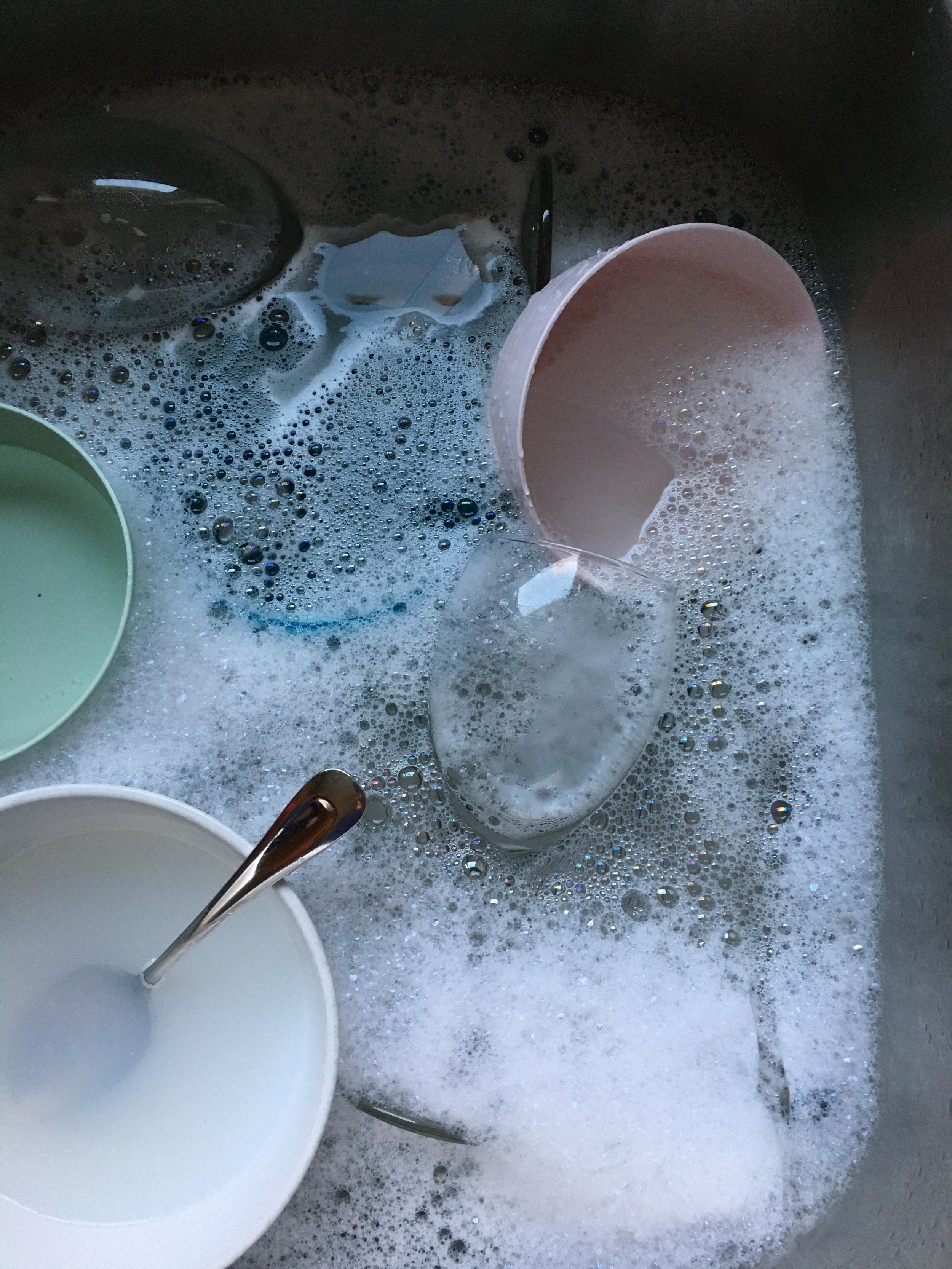Look, I regret writing, last week, that I was "gathering details so as to add nuance to the generalization". Even as I wrote it, it felt cliché and flat and, in my mind, I had this image of throwing a pebble against a veneer surface. It seemed too rebellious though... Still, when I think of generalizations, I think of ideas that have hardened. The metaphor to suggest an opposite action hasn't come to mind. But let's move along...
1. AI (again)
I liked listening to Ezra Klein interview Demis Hassabis on the subject of AlphaFold. I appreciated the distinction between Chat GPT's "more human" aspect versus AlphaFold's scientific application. In the work I'm doing, I'm using a demographer’s tool, family reconstitution, to trace family genealogies through history. It feels very much like assembling a jigsaw puzzle (only that finding the pieces can be its own treasure hunt). Soon, no doubt, AI would render this unnecessary. Has it already? This recent video features an overview of how AI has been in use over a decade at Ancestry, but I wonder how its use in a consumer product compares to applications (of the AlphaFold kind) to databases like the University of Montreal's PRDH (https://www.prdh-igd.com), or the transcription of collections of letters...
2. Reading
I really enjoyed Nora Krug's book titled Belonging.
3. Supper
Some nights it's a relief to have a simple recipe in your arsenal. Biking home from the U of M campus, I delayed leaving because of a thunderstorm watch, and then biked home between rainshowers. We had fresh pasta in the fridge, canned San Marzano tomatoes and tinned tuna, which had me thinking of "Spaghetti con pomodoro e tonno". I modify it a bit by using Marcella Hazan's method of making tomato sauce (nixing fresh for canned, splitting a shallot and throwing it in along with a chunk of butter and letting that all simmer nicely while I catch up on the kids' exploits of the day). Add snipped fresh basil, if possible and flake the drained tuna as your pot of salted water comes to a boil. My idea of serving a meal is still toddler-influenced, meaning that adding other things to the main menu is like making an arts-and-crafts edible tablescape. Thinly sliced cucumbers cut on the bias and mixed with salt and a bit of sugar in a bowl, a pile of ringolos in another. The non-toddler-influenced version would be toasted baguette and a half glass of wine, no?
We also had a seasonally-influenced meal this week, consisting of fresh peas and new potatoes. I love it when consulting a cookbook for the best way to treat fancy market produce (called as such for its just as fancy price) can yield a perfect answer. In this case it was a vegetarian version of Six Seasons' "English Peas with Prosciutto and New Potatoes" (the general idea here). Enjoying the result of McFadden's instructions brings a kind of relief... "phew" I sigh, "these peas really do taste good!"
4. Information-gathering
I find it hard to write anything serious without first drowning myself in information. Maybe submerging would be a better word? Drowning is the feeling I get when I think about how I'll never know enough. It happens when I set out to tackle a chapter and I've embarked on my canoe and I'm looking out over the water and thinking, "frick, this is a big lake." Engaging with the material though, sitting down, reading past the titles and deciding to corral bits into searchable notes, is jumping in and the first while is like drowning. I'm assailed by variations of thoughts like "What am I doing?" and "Where am I going?" but have to trust that eventually, things straighten out and I find my direction. It helps to ease the discomfort by giving it a title, and so, I present you with my current state, called "information-gathering". I'll feel a tiny bit better when, saturated with notes, I can start releasing coherent paragraphs into writing.
5. The view
It's the same as last week... fine weather, greenery, trees... I pack a lunch (chopped hard-boiled eggs, diced pickles, olive oil and salt in one container; an apple, cheese and crackers all separate in another) and eat outside. I miss taking daily pictures, but a real camera would be both heavy and awkward to carry around. I'll aim for taking some shots on the weekend and report back here next week!
Cheers!















